The Japanese Education System: A Comprehensive Overview
Japan’s education system draws inspiration from a blend of British, French, and American models, with the U.S. influence perhaps being the most prominent. The system encompasses six years of elementary school (shogakko), three years of junior high school (chugakko), and three years of senior high school (kotogakko). Universities typically offer four-year programs.
Compulsory Education: Nine Years of Learning
Compulsory education in Japan spans nine years, covering elementary and junior high school for children aged 6 to 15. The school year runs from April to March of the following year, with three terms separated by short spring and winter holidays and a one-month summer break.
Navigating the Different Types of Schools in Japan
Kindergarten (Yochien)
Kindergartens offer preschool education for children over 3 but not yet enrolled in elementary school. Most kindergartens are private, meaning parents must cover all fees. Preschool is not compulsory, but most children attend. Kindergarten typically lasts for four hours a day, from 10 a.m. to 2 p.m.
Elementary School (Shogakko)
At age 6, all children begin their formal education in elementary school. Most elementary schools are public, meaning they are free to attend, with only minor expenses borne by parents. Elementary school is the first stage of compulsory education for Japanese children, and most have already experienced kindergarten. Students attend for six hours each weekday.
Junior High School (Chugakko)
Ages 12 to 15 mark a crucial phase for Japanese students. Their performance in junior high school can significantly impact their admission to a good senior high school, which in turn influences their university prospects and career paths. Students often stay late at school for club activities and may also attend cram schools (juku) to prepare for entrance exams.
The entrance exam is a distinctive feature of the Japanese educational system. To secure a spot in top educational institutions, many students attend juku for additional training.
Senior High School (Kotogakko)
Students aged 15 to 18 enter senior high school through an entrance exam. Unlike elementary and junior high school, senior high school is not compulsory in Japan. Both public and private institutions exist, offering full-time, part-time, or correspondence-based programs. These schools provide either general or specialized education.
For those seeking vocational training, special technical or vocational schools (senmon gakko) offer a combination of senior high school studies with a vocational subject like industry/manufacturing, commerce, or agriculture. These courses typically last four years and begin after junior high school.
In some cases, students who are already working full-time may attend evening school instead of traditional high school. These classes run in the evening and take four years to complete instead of the usual three.
University (Daigaku)
Similar to senior high school, university admission requires an entrance exam. However, many universities also have a recommendation system. Undergraduate programs in Japan typically last four years, but completion often takes six years.
Graduate programs include master’s and doctoral courses. Master’s programs usually last two years, while doctoral programs take five years (with the first two years often treated as a master’s degree). Medical doctorates are shorter, lasting only six years.
The university year begins in April, and most courses follow a semester system. The first semester runs from early April to late September, and the second semester from late September to late March.
Let’s discover more about life in Japan here.

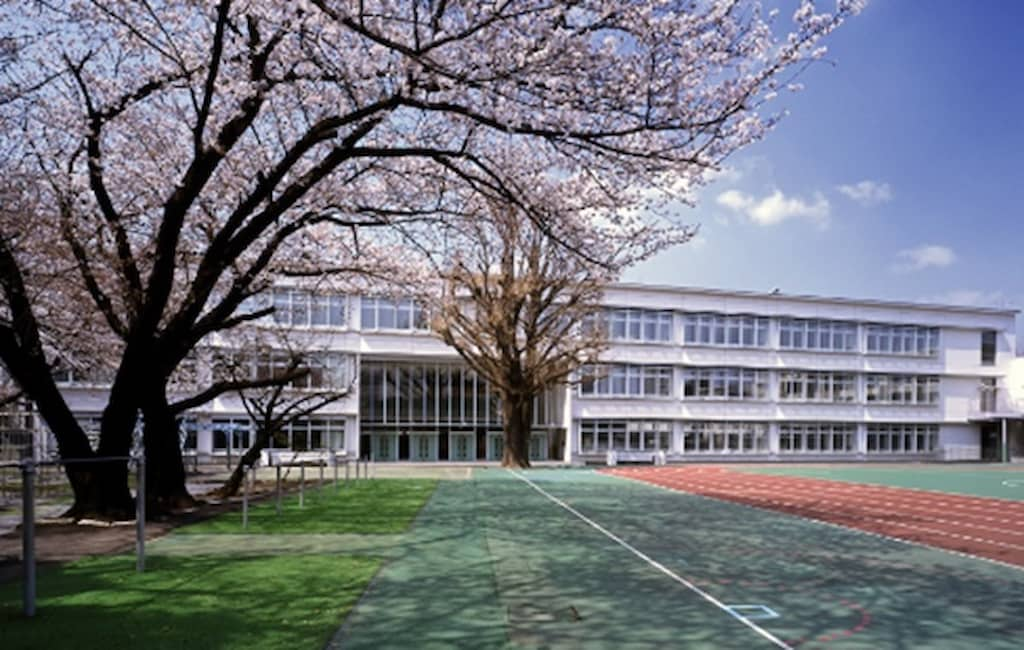

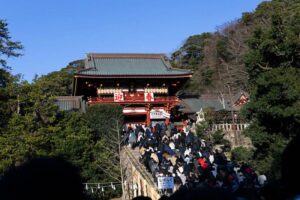
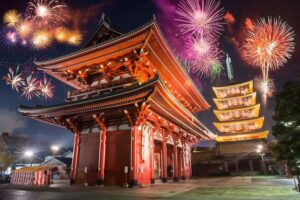
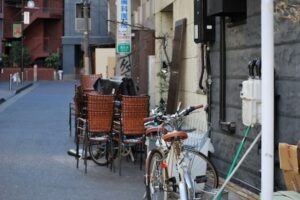
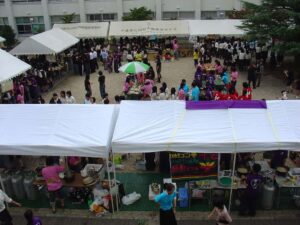



Comments